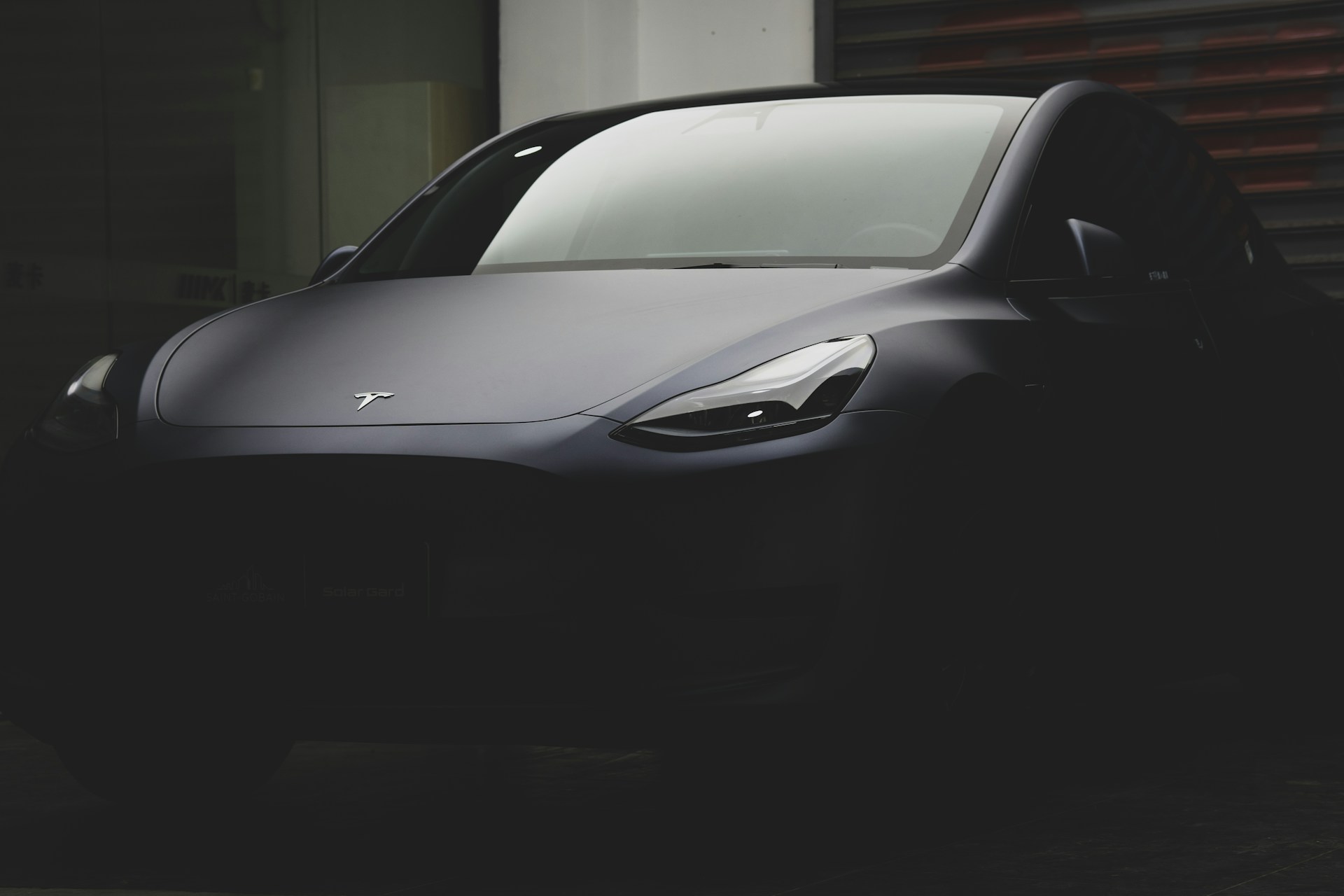Tesla finds itself at a crossroads, grappling with a significant decline in electric vehicle (EV) sales as it sets its sights on the future with the launch of its robotaxi initiative. Despite its reputation for innovation, the company has seen a 13% drop in EV sales in 2025, its worst sales performance in over ten years. This decline is attributed to several factors, including an aging product lineup, reduced government incentives, and growing political controversy surrounding CEO Elon Musk, all of which have impacted the company’s brand image.
In response to the slowdown in its core business, Tesla is betting on its robotaxi project to restore growth. CEO Elon Musk has outlined plans to expand robotaxi services, aiming to cover half of the U.S. population by the end of 2025, with large-scale operations slated for the following year. However, the program is still in its early stages, with only a small pilot fleet in Austin, Texas, and a host of regulatory hurdles, particularly in states like California, that could delay full-scale deployment.
The company’s financial performance reflects the growing concerns, with its stock down 18% year-to-date. Investors are wary about the viability of the robotaxi venture, especially given the significant technical and regulatory challenges Tesla faces in launching fully autonomous vehicles on a large scale.
While the robotaxi concept promises to revolutionise urban transportation, Tesla’s success will depend heavily on overcoming the considerable obstacles in its path, both in terms of declining EV sales and the complex development of autonomous vehicle technology. The company’s ability to pivot towards this new business model while stabilising its core EV market will be critical to its long-term success in an increasingly competitive global tech landscape.


